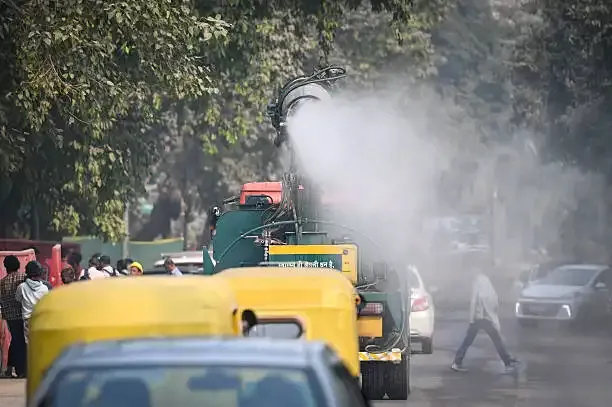Shopping cart
Your cart empty!
Terms of use dolor sit amet consectetur, adipisicing elit. Recusandae provident ullam aperiam quo ad non corrupti sit vel quam repellat ipsa quod sed, repellendus adipisci, ducimus ea modi odio assumenda.
Lorem ipsum dolor sit amet consectetur adipisicing elit. Sequi, cum esse possimus officiis amet ea voluptatibus libero! Dolorum assumenda esse, deserunt ipsum ad iusto! Praesentium error nobis tenetur at, quis nostrum facere excepturi architecto totam.
Lorem ipsum dolor sit amet consectetur adipisicing elit. Inventore, soluta alias eaque modi ipsum sint iusto fugiat vero velit rerum.
Sequi, cum esse possimus officiis amet ea voluptatibus libero! Dolorum assumenda esse, deserunt ipsum ad iusto! Praesentium error nobis tenetur at, quis nostrum facere excepturi architecto totam.
Lorem ipsum dolor sit amet consectetur adipisicing elit. Inventore, soluta alias eaque modi ipsum sint iusto fugiat vero velit rerum.
Dolor sit amet consectetur adipisicing elit. Sequi, cum esse possimus officiis amet ea voluptatibus libero! Dolorum assumenda esse, deserunt ipsum ad iusto! Praesentium error nobis tenetur at, quis nostrum facere excepturi architecto totam.
Lorem ipsum dolor sit amet consectetur adipisicing elit. Inventore, soluta alias eaque modi ipsum sint iusto fugiat vero velit rerum.
Sit amet consectetur adipisicing elit. Sequi, cum esse possimus officiis amet ea voluptatibus libero! Dolorum assumenda esse, deserunt ipsum ad iusto! Praesentium error nobis tenetur at, quis nostrum facere excepturi architecto totam.
Lorem ipsum dolor sit amet consectetur adipisicing elit. Inventore, soluta alias eaque modi ipsum sint iusto fugiat vero velit rerum.
Do you agree to our terms? Sign up

As Delhi continues to choke under a blanket of toxic smog, the national capital’s air quality has plunged from “very poor” to “severe,” sparking an all-out political blame game and growing health concerns.
While residents struggle to breathe, hospitals are witnessing a sharp rise in respiratory illnesses, and the government’s experimental push for cloud seeding as a pollution-control measure has ignited debate among experts.
Dr. G.C. Khilnani, Chairperson of the PSRI Institute of Pulmonary, Critical Care, and Sleep Medicine, described the health situation as alarming.
“My hospital admissions and ICU cases have increased by at least two-fold in the last ten days,” he said.
Doctors across Delhi have reported spikes in asthma attacks, COPD cases, and throat infections, with vulnerable groups — including children and the elderly — suffering the most.
Dr. Khilnani advised residents to stay indoors, use KN-99 masks, and avoid outdoor exercise. He also warned that the city’s PM2.5 levels are consistently exceeding 12 times the WHO safe limit, posing long-term cardiovascular and respiratory risks.
As the pollution crisis worsens, political parties have turned the issue into a battle of accusations.
Congress leader Rahul Gandhi slammed both the BJP-led central government and the AAP-led Delhi government, alleging that “poor coordination and political apathy” have turned Delhi into a gas chamber.
Meanwhile, the BJP has accused the Delhi government of policy failures in controlling stubble burning and vehicular emissions.
Environment Minister Gopal Rai, defending the Delhi administration, blamed neighboring states and “central inaction” for the crisis, stating that “air knows no borders.”
In an unprecedented move, the Delhi government has initiated talks with the Indian Institute of Technology (IIT) Kanpur to conduct cloud seeding experiments — a process of inducing artificial rain to settle airborne pollutants.
However, the proposal has divided experts.
Supporters see it as a temporary relief measure that could reduce pollution levels by 30–40% within 48 hours, while skeptics call it a “desperate, unproven gamble.”
Meteorologists warn that the success of cloud seeding depends heavily on humidity and wind conditions, which are currently unfavorable.
Dr. Khilnani noted,
“Cloud seeding may offer short-term relief, but without addressing core pollution sources, it’s like taking painkillers for a chronic disease.”
Delhi’s Air Quality Index (AQI) crossed 450 in several areas on Monday, classifying it as “severe.” Schools have been advised to suspend outdoor activities, and construction restrictions have been reimposed under Stage IV of the Graded Response Action Plan (GRAP).
Environmental groups have urged the government to treat this as a public health emergency rather than a seasonal event, calling for stricter enforcement of emission controls and long-term air quality management policies.
With politics clouding accountability and emergency measures offering only temporary relief, Delhi’s pollution crisis underscores a harsh truth: India’s capital is gasping for sustainable action.
Experts warn that unless structural reforms — from cleaner energy to urban mobility planning — are urgently prioritized, healthcare systems and citizens alike will continue to bear the brunt of Delhi’s toxic air.
13
Published: Nov 04, 2025